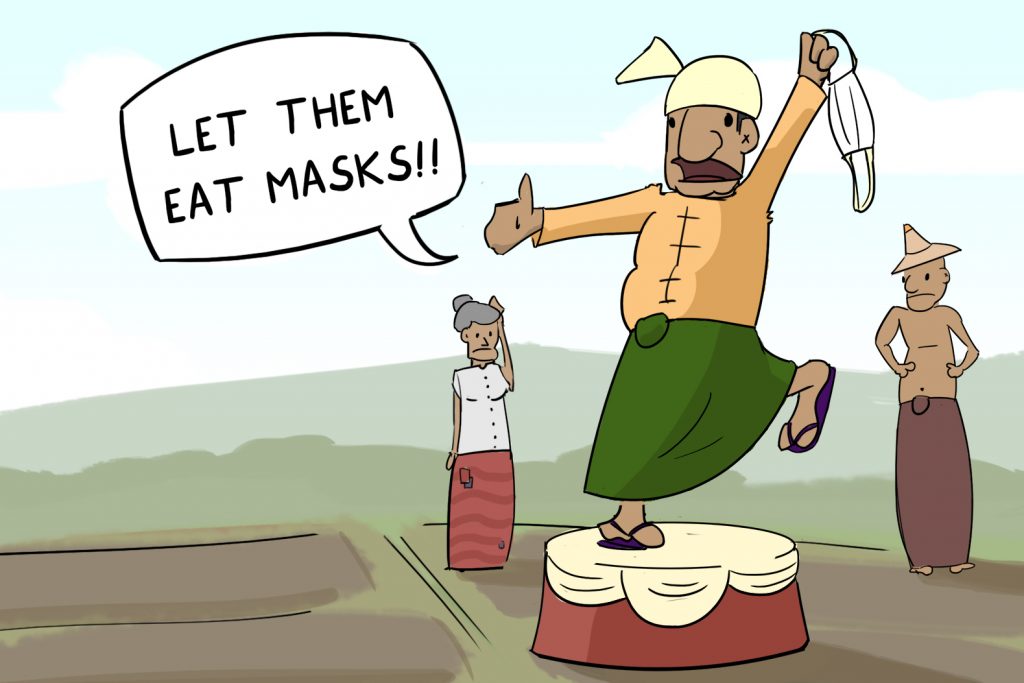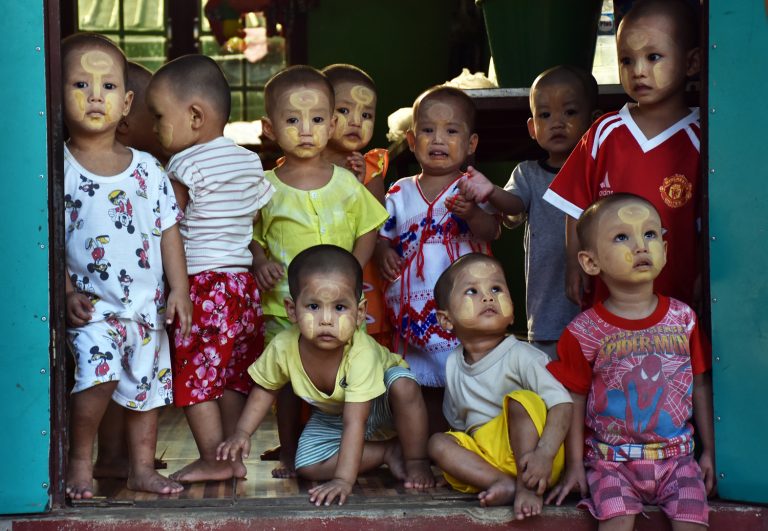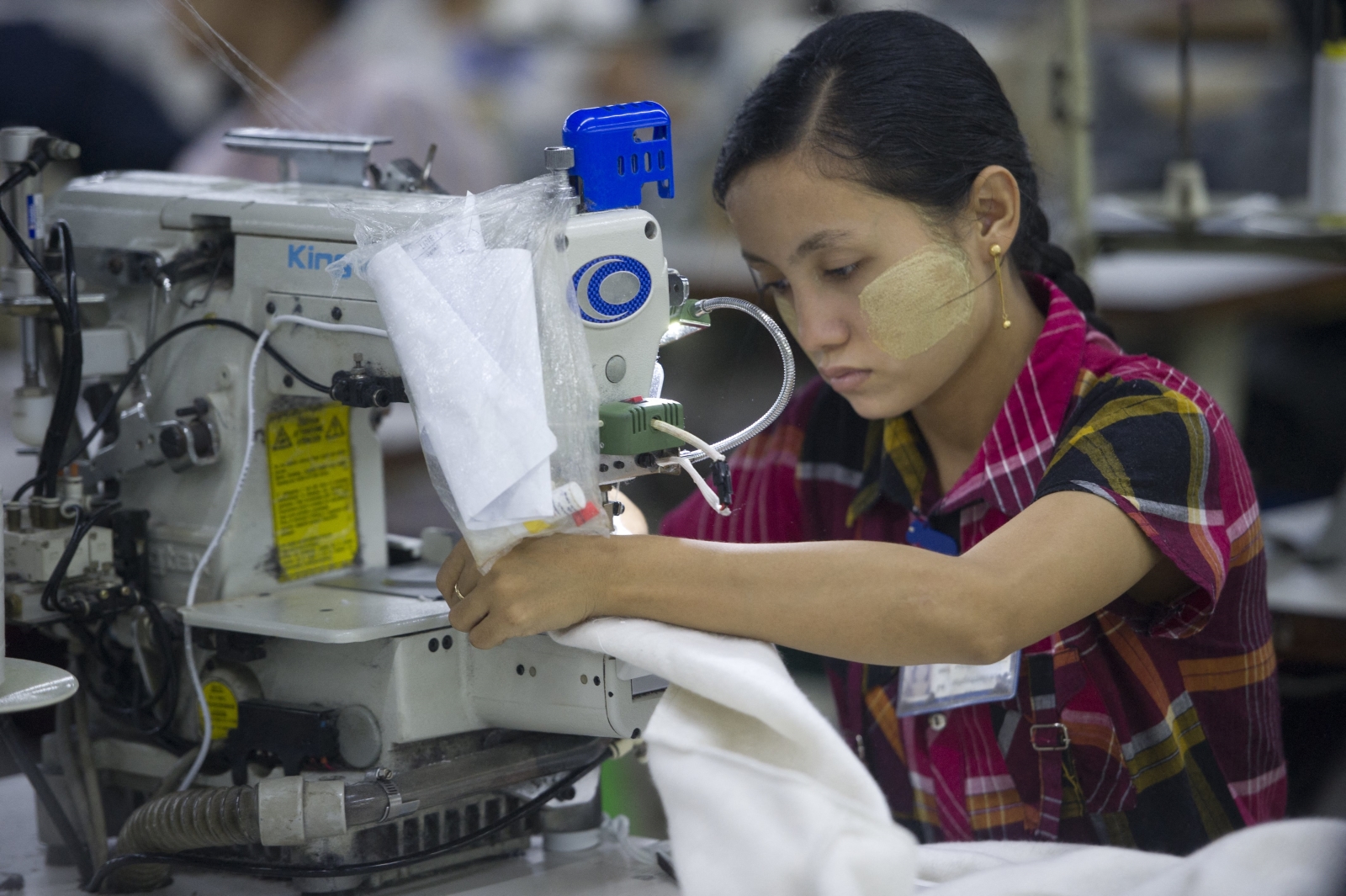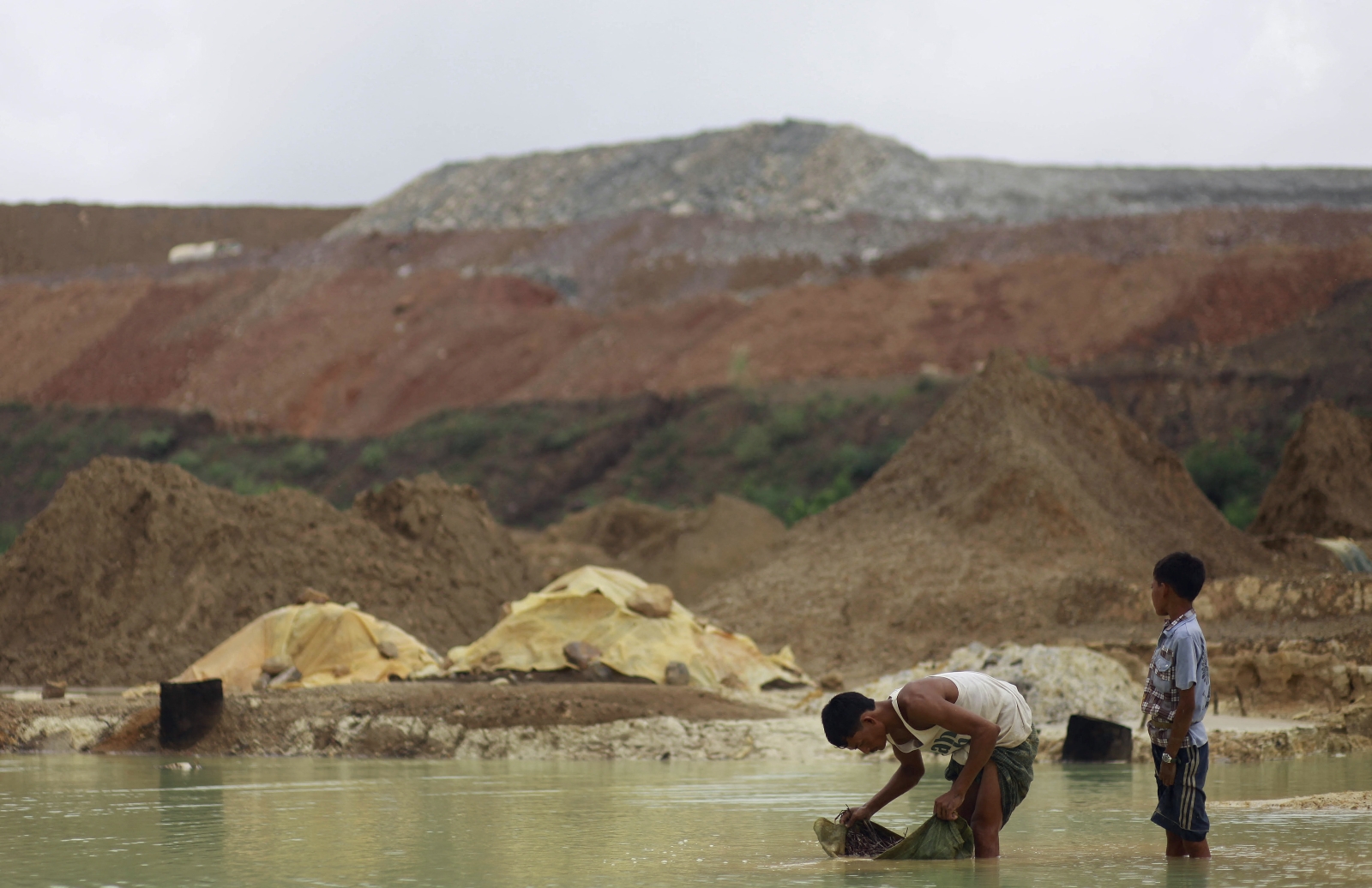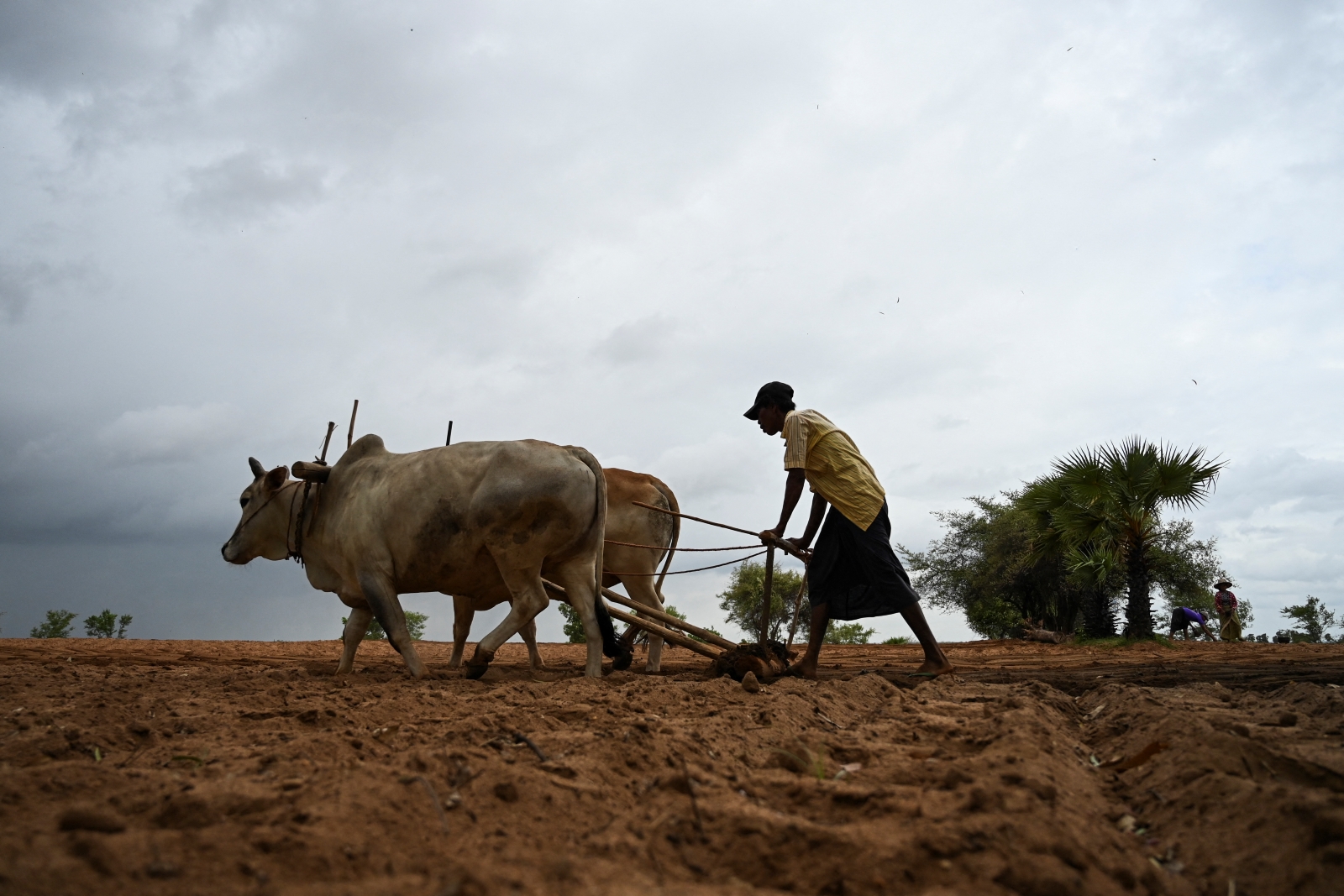The government needs to move faster to avert a financial catastrophe for millions of households in Myanmar.
When COVID-19 emerged at the start of the year, many feared the worst for Myanmar.
It shares a long and porous border with China, where the disease emerged, and also with Thailand, the country in which it was first detected outside China.
Each year, hundreds of thousands of tourists arrive in Yangon and Mandalay on direct flights from China, while large numbers of migrants, traders and short-term visitors cross the shared land border each day.
The government has limited control of many border areas, and the country’s under-funded health system was poorly prepared to cope. The government was also slow to recognise the significance of the threat and respond.
Yet, through a combination of leadership, hard work, cooperation and probably a bit of luck, Myanmar has recorded relatively few cases, and only six confirmed deaths.
The response has not been perfect, but the government deserves credit for its handling of this crisis. Credit, too, must also go to the thousands of health staff and local officials – including from ethnic armed groups – and volunteers across the country who have worked hard to keep their communities safe, sometimes at significant personal risk.
But Myanmar has not emerged unscathed.
COVID-19 has hit the economy harder than many initially anticipated. Numerous surveys – from the Union of Myanmar Federation of Chambers of Commerce and Industry, the Asia Foundation, social enterprise ONOW and more – have revealed the depth of the financial pain.
In late June, the World Bank revised down its forecast for GDP to 0.5 percent this fiscal year. That’s not a bad result by regional standards, but given the strong growth in the first half of the year, from October 1 to March 31, it also means the economy is shrinking.
In its latest Myanmar Economic Monitor, the World Bank also warned that the economy could shrink by 2.5pc this year in a downside scenario, depending on future outbreaks, the extent of the financial damage on households and businesses, and external factors. Either way, it will take years for Myanmar to catch up on the lost growth.
But GDP growth figures don’t give the full picture. Myanmar’s growth might be higher than other countries, but it also has a much higher proportion of people below or hovering just above the poverty line, and almost no social safety net.
The economic impacts of COVID-19 will disproportionately affect the most vulnerable, and threaten to wipe out the great gains Myanmar has made in reducing poverty over the past decade.
But having millions fall back into poverty and extreme hardship is not inevitable. The government needs to do much more, and do it faster, to alleviate the suffering of the poorest households.
Implementation of the COVID-19 Economic Relief Plan released in April has been too cautious. More than two months on, officials continue to talk about “pilot projects” and “plans” for projects ranging from cash transfers to rural work schemes.
These are needed right now; poor families simply cannot afford to wait.
Some responses have also been ineffective due to their poor design. Many firms have been unable to access emergency finance from the government’s COVID-19 Fund, for example, because the criteria are too narrow. Some of those that received a loan – particularly in the tourism sector – have little hope of being able to pay it back after a year, while those who could use the cash to stay afloat and keep staff employed are often ineligible. The loans also do not appear to be contingent on retaining staff, which could limit the programme’s effectiveness.
Yes, the government is working within serious constraints. COVID-19 has left it in a precarious fiscal position, due to a huge drop in revenues. Implementation capacity is also weak thanks to an antiquated bureaucracy that requires years of painful reform.
But it needs to show the same level of leadership on the economy that it has on the health response.
Economic relief measures for companies should be broadened to include the informal sector, and made contingent on keeping staff in jobs. Programmes targeting poorer households, particularly cash transfers, should be expedited or expanded.
Cash transfers will be expensive, but the government will not be throwing money away. It will be investing in keeping children in school, in enabling families to pay for healthcare, in helping smallholders pay for inputs and so much more.
While all the talk is of a “second wave” of COVID-19 cases, the second wave of economic distress looms far larger. Now is not a time to be reckless – but it is a time to be bold.


